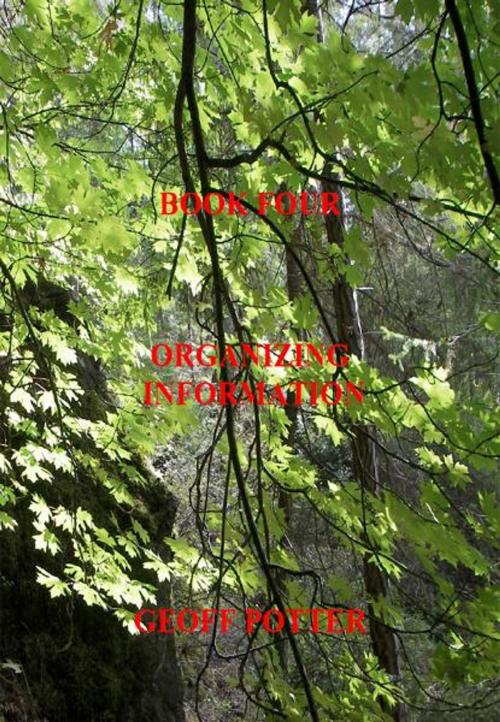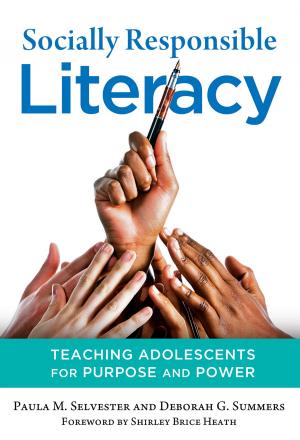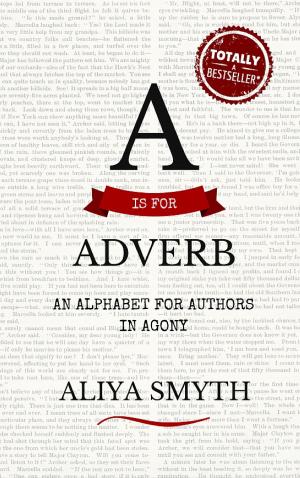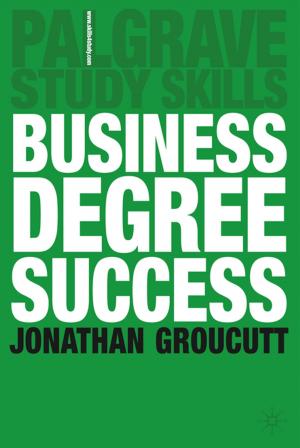Organizing Information
Nonfiction, Computers, Application Software, Educational Software, Computer Hardware, Personal Computers, General Computing, Skills| Author: | Potter, Geoff | ISBN: | 9780986744037 |
| Publisher: | ITCA Digital Education Systems | Publication: | September 1, 2012 |
| Imprint: | Language: | English |
| Author: | Potter, Geoff |
| ISBN: | 9780986744037 |
| Publisher: | ITCA Digital Education Systems |
| Publication: | September 1, 2012 |
| Imprint: | |
| Language: | English |
This is the fourth book in a series of ten electronic books designed to educate young children and school-age students about information technologies and the digital world they live in. Who will benefit from this book? This book is most suitable for young people in their late elementary or early middle grade levels. It is also very helpful for teachers introducing ICT or integrating it into the curriculum.Contents: Book Four comprises five modules: Module One: Understanding My Computer. The theme of this module is learning how to use a computer and a cell-phone efficiently. This includes understanding how computers and interactive devices are designed,and how hardware and software interact, and the role of an operating system. Students can also learn how to make constructive use of a computer in creating personal projects.Unit One: How Does My Cell Phone Work? Unit Two: How Does My Computer Work? Unit Three: What is an Operating System? Unit Four: Working with Vista. Unit Five: Working with Documents. Unit Six: Working with Graphics. Unit Seven: Vista Music. Unit Eight: Annoying Things About My Computer. Module Two: Organizing And Presenting Ideas.The theme of this module is the manipulation of information: searching, working with databases and spreadsheets, and using LOGO to communicate.Unit One: How Do We Search For Information? Unit Two: How Do We Change Information? Unit Three: Let's Present Ideas. Module Three: Sorting And Classifying Information. This module will help students to classify information, understanding that effective communication is based upon accurate organization of information, and that this requires knowledge of how to create classifications and categories. Unit One: Let's Discover How To Sort Information. Unit Two: Let's Discover How To Classify Information. Unit Three: Let's Discover How To Group Information. Unit Four: Let's Discover How To Search, Group and Classify. Module Four: Organizing Data.This module guides students through the processes involved in storing and retrieving data and developing thinking skills related to the creation of information sets and patterns.Unit One: Storing and Sharing Text and Pictures on a Cell Phone or a Tablet. Unit Two: Storing and Retrieving Information. Unit Three: Developing Our Thinking Skills. Unit Four: Let's Explore Ways To Recognize and Create Patterns. Web Quest: Escape From The Zoo. Module Five: Finding Objects That Respond To Signals. This module introduces students to signs, signals and programs, moving towards learning about basic programming processes.Unit One: Let's Find Signs And Signals. Unit Two: Let's Find Sequences. Unit Three: Let's Design The Right Choices. Unit Four: Let's Design And Send Signals. The book is colorful, creative and contains many challenges and activities designed to help young students understand how digital technologies work and how they may efficiently use them to learn and communicate. All of the recommended software is Open Source. The book also contains an integrated Continuous Assessment process which may be of value in some educational environments. Modules at each level are divided into skills and knowledge-focused units. At the end of each unit students may describe what they have learned and their parent or teacher may award points for each item covered. Marks may be accumulated throughout the school year. A grade based upon the total points accumulated may be awarded at any time during the year. There are no tests or examinations in this program. What are the intended uses of this book? 1.This book is designed to support both teachers and students in existing ICT curricula and may be useful in areas such as Science, Language Arts, Mathematics and the Arts. 2.The book supports public and private education systems instruction and skills training programs to ensure that young people possess the knowledge and skills to function in a digital society, and ultimately to prepare them for entry into higher education and an increasingly digital and computer-based workforce. 3. Students and parents may use the book for home schooling use in support of study projects and personal skills development.
This is the fourth book in a series of ten electronic books designed to educate young children and school-age students about information technologies and the digital world they live in. Who will benefit from this book? This book is most suitable for young people in their late elementary or early middle grade levels. It is also very helpful for teachers introducing ICT or integrating it into the curriculum.Contents: Book Four comprises five modules: Module One: Understanding My Computer. The theme of this module is learning how to use a computer and a cell-phone efficiently. This includes understanding how computers and interactive devices are designed,and how hardware and software interact, and the role of an operating system. Students can also learn how to make constructive use of a computer in creating personal projects.Unit One: How Does My Cell Phone Work? Unit Two: How Does My Computer Work? Unit Three: What is an Operating System? Unit Four: Working with Vista. Unit Five: Working with Documents. Unit Six: Working with Graphics. Unit Seven: Vista Music. Unit Eight: Annoying Things About My Computer. Module Two: Organizing And Presenting Ideas.The theme of this module is the manipulation of information: searching, working with databases and spreadsheets, and using LOGO to communicate.Unit One: How Do We Search For Information? Unit Two: How Do We Change Information? Unit Three: Let's Present Ideas. Module Three: Sorting And Classifying Information. This module will help students to classify information, understanding that effective communication is based upon accurate organization of information, and that this requires knowledge of how to create classifications and categories. Unit One: Let's Discover How To Sort Information. Unit Two: Let's Discover How To Classify Information. Unit Three: Let's Discover How To Group Information. Unit Four: Let's Discover How To Search, Group and Classify. Module Four: Organizing Data.This module guides students through the processes involved in storing and retrieving data and developing thinking skills related to the creation of information sets and patterns.Unit One: Storing and Sharing Text and Pictures on a Cell Phone or a Tablet. Unit Two: Storing and Retrieving Information. Unit Three: Developing Our Thinking Skills. Unit Four: Let's Explore Ways To Recognize and Create Patterns. Web Quest: Escape From The Zoo. Module Five: Finding Objects That Respond To Signals. This module introduces students to signs, signals and programs, moving towards learning about basic programming processes.Unit One: Let's Find Signs And Signals. Unit Two: Let's Find Sequences. Unit Three: Let's Design The Right Choices. Unit Four: Let's Design And Send Signals. The book is colorful, creative and contains many challenges and activities designed to help young students understand how digital technologies work and how they may efficiently use them to learn and communicate. All of the recommended software is Open Source. The book also contains an integrated Continuous Assessment process which may be of value in some educational environments. Modules at each level are divided into skills and knowledge-focused units. At the end of each unit students may describe what they have learned and their parent or teacher may award points for each item covered. Marks may be accumulated throughout the school year. A grade based upon the total points accumulated may be awarded at any time during the year. There are no tests or examinations in this program. What are the intended uses of this book? 1.This book is designed to support both teachers and students in existing ICT curricula and may be useful in areas such as Science, Language Arts, Mathematics and the Arts. 2.The book supports public and private education systems instruction and skills training programs to ensure that young people possess the knowledge and skills to function in a digital society, and ultimately to prepare them for entry into higher education and an increasingly digital and computer-based workforce. 3. Students and parents may use the book for home schooling use in support of study projects and personal skills development.















